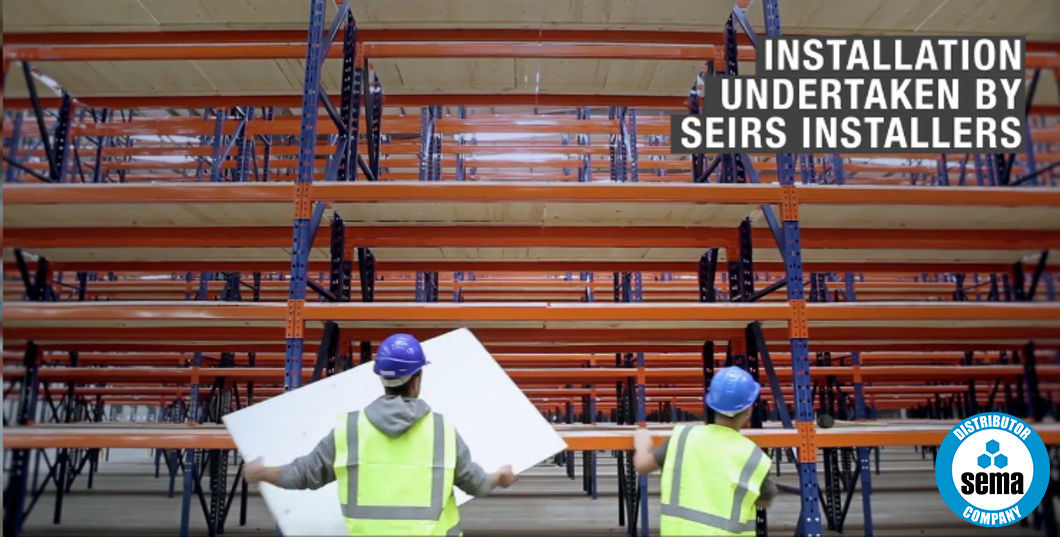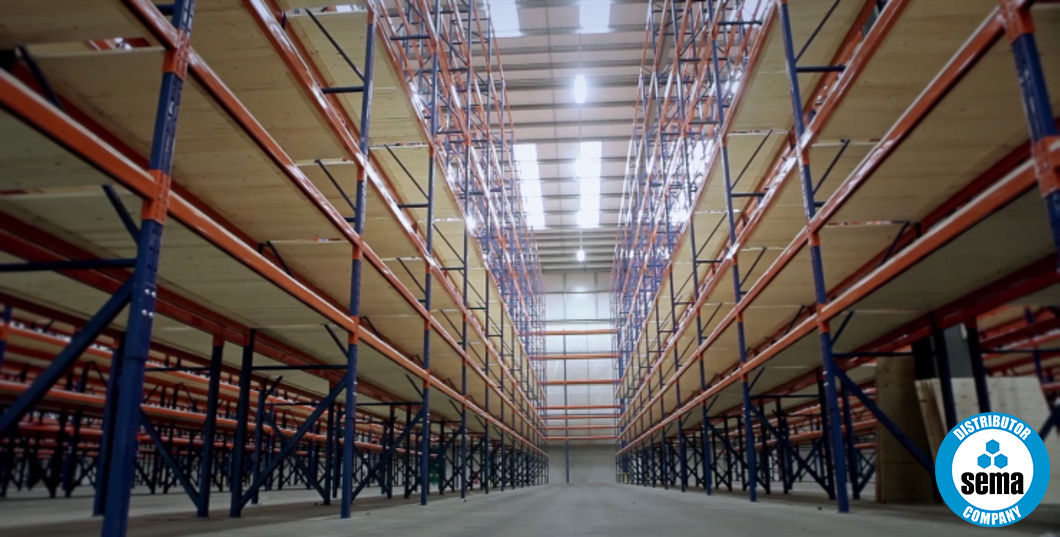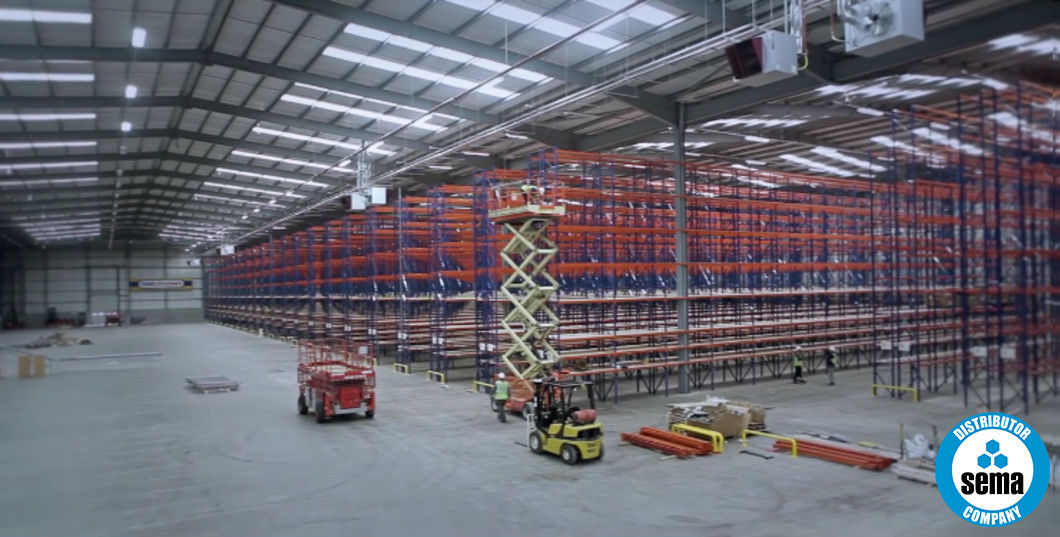SEMA Press Releases
Managing Fire Risk
Fire Protection Specialist, Nigel Gillingham of SIGplc was recently a key speaker at the Storage Equipment Manufacturers’ Association (SEMA) annual safety conference. Here he offers some timely reminders on how fire protection is a critical responsibility.
The first step is to Identify “The Responsible Person” (for guidance, refer to the Regulatory Reform Fire Safety Order (RRFSO) 2005.
Next assess the risk and have a plan in place. HM Government has published a definitive document Fire Safety: Risk Assessment which covers the remit in large and small factories, manufacturing warehouses, storage warehouses and factories with warehouses. Their recommended fire safety risk assessment follows these five steps.
Identify fire hazards
Identify people at risk
Evaluate, remove, reduce and protect from risk
Record, plan, inform, instruct and train
Review
Fire safety protection measures include emergency lighting, fire alarms, fire doors, safety signs, smoke extractors. How many times have we all seen fire doors blocked by goods or chained to prevent wrongful entry? Fire safety goes hand in hand with good general housekeeping.
Fire protection solutions must be developed to protect both lives and assets. Measures are either passive or active.
Sprinklers
A fire sprinkler system is an active fire protection method, usually consisting of a water supply system, providing adequate pressure and flowrate to a water distribution piping system, onto which fire sprinklers are connected.
Fire sprinkler systems are extensively used worldwide, with over 40 million sprinkler heads fitted each year. One compelling fact is that in buildings completely protected by fire sprinkler systems, over 96% of fires were controlled by fire sprinklers alone. They are only activated locally. No loss of life has been experienced where sprinklers are installed. Merely 10% of water volume is deployed when compared against the use of a fire hose. A sprinkler system can be linked to an alarm system and remains on standby 24/7. Insurance premiums can often be dramatically reduced, and the majority of buildings are back in operation within 24 hours.
Sprinklers in pallet racking do have limitations when the same goods are not a permanent feature in the warehouse and racking needs to be removed. Solid shelving is not ideal, shelving with holes or mesh is preferred so that water can pass through. Other variables to consider are the type and size of objects stored or if there is a change in services such as ventilation ducting being installed and obscuring sprinkler heads.
Selection of Sprinklers
One system does not suit all types of warehouse. It is essential to choose the right protection such as a roof-only system or on-rack sprinklers. It is also imperative that consideration to the ongoing use of the storage facility is thought through to ensure positions of sprinklers and likely hood of changing layouts is planned.
The best possible source of information can be gained from BAFSA (British Automatic Fire Sprinkler Association) http://www.bafsa.org.uk/
Building Structure
Building structures should have passive fire protection on all structural steel work such as intumescent paints or boarded fire protection systems. Cavity barriers and fire curtains should be positioned to prevent flame, smoke and heat from spreading in hidden voids or to break larger areas into smaller compartments. Where any services pass through a fire compartment wall or floor, adequate fire stopping measures should be employed to reinstate the integrity of the structure around such services, thus containing flame, smoke and heat under fire conditions.
Information on suitable fire stopping and fire protection measure can be seen at www.sigtechnicalinsulation.co.uk
Mezzanines
A mezzanine floor will need to be fire rated under the following circumstances:
The mezzanine floor is being used for any other purpose besides storage, where people are permanently employed, such as office space.
If mezzanine floor is greater than 20 metres in any direction.
Mezzanine floor exceeds 50% or more of the floor area of the space into which it is installed.
Or size of the mezzanine floor exceeds 400m2.
Types of mezzanine protection includes suspended ceilings, cavity barriers, bulkhead and fascias and column casing.
Installation
Passive or active fire protection measures should always be installed by competent people and to help identify such people and business, whilst 3rd party accredited installaton businesses should ideally be the first port of call. These accredited companies offer expert installation and are audited for traceability and for competency regularly by the 3rd party accreditation body they belong to.
SIG Fire Protection Specialists
The SIG Fire Protection Specialists provide advice and solutions for passive Fire Protection applications for Fire Stopping and Structural Fire Protection. The SIG Fire Protection Specialists have in-depth knowledge of passive fire protection, and across all SIG Distribution locations, significant stock of suitable products and systems are available to comply with many fire stopping and fire protection needs for all construction types.
To learn more about SIG’s Fire Protection offering, please contact the SIG Fire Protection Specialists at fireprotection@sigplc.com













